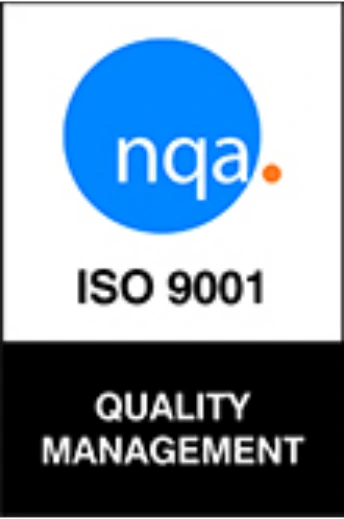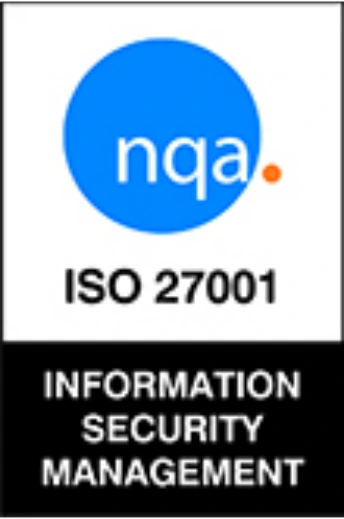Culture by Design: Rethinking HR’s Role in Onboarding Ecosystems
By empleyado Articles
| 23 June 2025

How HR Leaders Can Build Belonging from Day One
A welcoming culture is not a one-time event—it is a continuous, intentional outcome of a well-designed HR ecosystem. For modern organizations, especially in culturally rich and people-centric environments like the Philippines, onboarding is more than logistics. It is the strategic foundation for psychological safety, cultural integration, and long-term engagement.
By treating onboarding as a strategic HR intervention, companies can nurture talent from the outset—driving productivity, strengthening retention, and enhancing employee experience.
1. HR as Ecosystem Architect: Beyond Administrative Onboarding
Today, HR’s role extends far beyond managing new hire paperwork. It now involves orchestrating an onboarding ecosystem—an integrated network of practices aligning recruitment, performance management, employee experience, and organizational culture.
A relevant example of this ecosystem-based thinking is seen in ECI Software Solutions. In 2022, the company experienced a spike in first-year employee turnover, largely due to the shift to remote work disrupting traditional onboarding practices. New hires felt disconnected and unsupported.
To address this, ECI implemented a data-driven approach by analyzing feedback from its Great Place to Work® Trust Index™ survey. The company then redesigned its onboarding model around personalized learning, frequent check-ins, digital onboarding tools, and stronger cultural integration. By aligning HR, digital platforms, and management support, ECI achieved an 11-point increase in employee satisfaction, notable improvements in engagement, and a more inclusive environment that positioned new hires for long-term success (Pryor, 2025).
This case demonstrates that when HR leads with strategy and ecosystem thinking, onboarding becomes a powerful cultural and performance driver—not just an administrative task.
2. Culture as a Living System, not a Static Value Statement
Culture isn’t built from PowerPoint slides or policy manuals. It is experienced daily—through social cues, feedback systems, team rituals, and leadership behavior. In this context, onboarding becomes a crucial cultural touchpoint where employees either feel included or alienated.
In the Philippines, culture is relational and values-driven. Concepts like pakikisama (getting along with others) and hiya (a sense of modesty and respect) influence workplace behavior. Onboarding that nurtures relationships and values-based socialization helps new hires connect emotionally and socially—fueling early engagement and long-term commitment.
This philosophy echoes Google’s onboarding approach, where new hires are immersed in collaborative, real-world projects from Day One. Rather than a passive introduction, onboarding is treated as a shared experience that promotes culture learning through practice. The experiential model accelerates belonging and aligns new hires with the company’s values right away. But for culture to truly take root, organizations must also focus on sustaining values through continuous performance management beyond onboarding.
3. Educating the Ecosystem: Line Managers as Cultural Educators
While HR lays the structural foundation, it is line managers who bring culture to life. Their daily interactions, coaching, and expectations shape how new hires understand what’s acceptable and rewarded within the organization.
In the Philippine workplace, where deference to hierarchy and personal rapport are important, managers must model cultural fluency. Onboarding becomes more effective when managers are empowered with tools to mentor, onboard, and culturally orient new hires.
Innovatech, for instance, equipped its managers with onboarding playbooks and structured orientation frameworks. This helped reduce time-to-productivity by 60%, while team output increased by 20%. New hires also reported stronger emotional connections to the organization’s values (Kosinki, 2023).
By treating managers as culture carriers—not just task supervisors—organizations enable deeper integration, especially in the critical first 90 days. For long-term consistency, this onboarding mindset should be mirrored in ongoing evaluations—particularly in how performance reviews can reinforce cultural alignment and manager-led coaching. A theme we’ll explore more on real-world applications of culture-based performance systems.
4. Localizing Onboarding for Success: The Philippine Perspective
A successful onboarding experience in the Philippines requires alignment with local cultural dynamics, which are often underrepresented in global onboarding templates. Filipino employees place high value on relational harmony, respect, and family orientation—elements that should inform HR’s ecosystem design.
Here are four ways organizations can localize onboarding:
1. Foster Interpersonal Relationships
Build community through welcome lunches, peer buddy systems, and social team-building to nurture pakikisama.
2. Respect Hierarchical Norms
Clarify reporting structures and reinforce respectful communication, reflecting Filipino workplace norms.
3. Promote Work-Life Balance
Communicate family-supportive policies and flexibility practices that resonate with Filipino values of kapwa (shared identity) and balance.
4. Design for Hybrid Engagement
With over half of Filipino professionals working remotely, onboarding must include virtual check-ins and remote access to training tools (PeopleHum, 2025).
Microsoft exemplifies this approach. Its onboarding goes beyond technical training to include long-term mentorship, growth resources, and wellness support—practices that align well with Filipino work-life integration values.
5. Designing Culture with Intention
Onboarding is no longer a procedural formality—it is a cultural moment of truth. When HR takes an ecosystemic approach, onboarding transforms into a powerful lever for employee retention, alignment, and growth.
As shown by Accenture, Google, Microsoft, and Innovatech, organizations that strategically align onboarding with their cultural and business goals see stronger performance and reduced attrition. For Filipino companies and HR leaders, the takeaway is clear: Design culture intentionally from Day One. Empower managers, embrace local values, and treat onboarding as the starting point of your organizational ecosystem—not the end of hiring.
Culture, when designed and practiced intentionally, becomes a living system—one that welcomes, nurtures, and sustains talent from the very first day. And that evolution is most successful when it begins with building a values-driven experience from Day One.
References:
Kosinki, M. 2023. Onboarding: The Key to Elevating Your Company Culture. Society for Human Resource Management. Click this link.
Pryor, A. 2025. Stepping Up Onboarding. ECI Solutions. Click this link.
Peoplehum. 2025. Top HR Trends in the Philippines (2025 & Beyond). Click this link.
Tirsca, L. (2025). How Google Onboards New Hires (And How You Can Easily Replicate It). Deel. Click this link.









